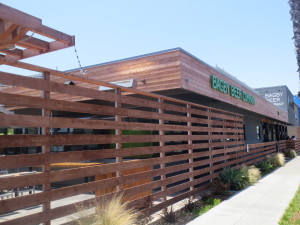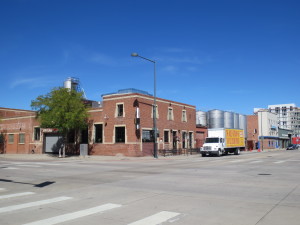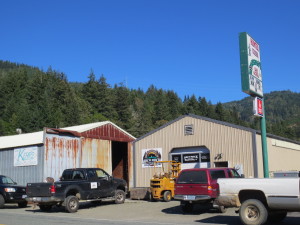The U.S. has passed 4000 breweries and that number is rapidly growing!

As I have toured the United States and visited numerous breweries, the positive impact of this growth is strikingly visible. My strictly anecdotal observation is that many breweries (especially small breweries) are in areas with lower rents or low property values. Quite frankly, breweries are industrial operations that require lots of space. As a start-up business, they usually can’t afford high rents. But once these breweries establish a viable business base, the surrounding neighborhoods invariably improve, attract additional businesses, and bring tourism.

In several cases, I’ve met brewery owners that started their business after losing their job in other industries. For example, the U.S. economic downturn prompted Larry and Marjie Brennan to convert their failing cabinet shop into a brewery. They started the planning process in early 2012, hired their brewer, James Smith, in June and started converting the building from cabinet shop to brewery. Arch Rock Brewing Co opened its doors on January 25, 2013. Winning a Gold Medal for their Gold Beach Lager in the fall of 2014 at the Great American Beer Festival helped to propel this small brewery to a successful start.

Of course, starting a brewery is by no means a guaranteed success. Some breweries fail. Brewery success requires knowledgeable and careful planning, implementation, and management. An excellent product, cost efficient operations, smart marketing and sales, and a host of other factors are critical elements. Since I’ve never started a brewery, I won’t try to go into any more detail.
My point is that, overall, small and independent craft brewers are making a visible positive impact on local neighborhoods throughout the U.S.
Bart Watson, Chief Economist of the Brewers Association, has detailed and quantitative economic data that supports my anecdotal observations. He posted an article this week noting that for the first time the United States has crossed the 4,000 brewery barrier since the 1870s and is on a rapid pace to exceed the all-time high of 4,131. This number is phenomenal, especially considering that the number of breweries in the U.S. was under 100 in the late 1970’s.

The number is also a strong and clear indicator of the positive economic impact that breweries are having across the U.S. As noted by Watson in an earlier article, “Small and independent American craft brewers contributed $55.7 billion to the U.S. economy in 2014…The industry also provided more than 424,000 jobs, with more than 115,000 jobs directly at breweries and brewpubs, including serving staff at brewpubs.” And in 2014, the number of small and independent American craft brewers was under 3500.
Clearly craft breweries are an emerging and growing economic force at the local, state and national level and their positive impact across the country is helping to revitalize U.S. communities.

